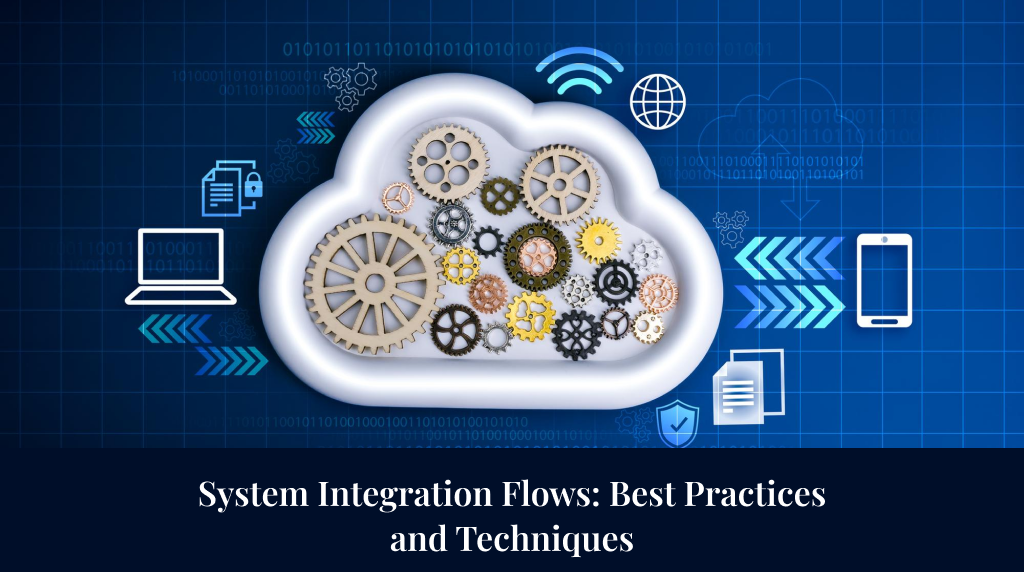Oracle System integration serves as the most efficient technique used by companies to enhance business performance and reduce costs. It helps in integrating a wide range of business systems which includes applications and databases so that the data exchange can take place smoothly between the components. System integration can also cater to a wide range of business scenarios and applications.
Here’s a look at how system integration flows help business operations to be carried out smoothly.
Key Components of an Integration Flow
An integration flow is made up of various crucial business components:
Source/target systems: Source/target systems are the most crucial components of integration flows.
Sources: These are the systems from which the data is generated. They can be of different types like applications, databases, APIs, etc.
Targets: These are the systems where the transformed data is sent. They can also be of diverse types including applications, databases, etc.
Data transformation: This involves aligning the format and structure of the data from the source system so that they match the target system. It also includes the data validation process. This ensures that the data is of high quality and is also consistent before and after transition. Data enrichment is also a part of the data transformation process.
Error handling: Handling errors is again an important part of system integration services. This involves ensuring that the data is of high quality. The data inconsistencies are identified and eliminated so that they do not compromise the quality of data. Various error-handling techniques are used based on the data being transformed.
Best Practices for Designing Integration Flows:
While designing integration flows, certain best practices can be kept in mind:
Modularity and scalability:
It is important to maintain a modular approach while creating integration flows. This will allow you to maintain scalability. You can also add new modules and components to the system whenever required without having to disrupt the existing workflow.
Standardized protocols:
It is also important to follow certain standardised protocols while designing the best integration platform. This will ensure that proper consistency is maintained. It will also reduce the chances of discrepancies and any kind of data handling errors.
Security measures:
Certain security measures also have to be followed. This will help in ensuring that all the systems are compliant. It will also save organisations from having to pay heavy penalties. You can opt for oracle integration cloud training online to learn more about the security measures to be implemented while designing workflows.
Techniques for Effective Integration
Different types of integration techniques can be followed while integrating workflows in dynamic business environments:
API usage:
With API integration, you can easily request specific tasks from another system and get results back immediately. This eliminates the need for you to understand the intricacies of that system.
Real-time vs. batch processing:
Real-time data integration provides immediate updates and responsiveness. This makes it ideal for dynamic environments. On the other hand, batch integration is used to process data at scheduled intervals. This ensures thoroughness and efficiency.
Challenges and Solutions
Several challenges may arise while you are trying to design system integration workflows. Here are two of the biggest challenges:
Complexity: Integrating different systems is a complex process. This is especially true when the systems are using different technologies, data formats, and platforms. This challenge can be eliminated by shifting to the cloud.
Data issues: Ensuring data security and quality during the integration process is again a challenge. This can be avoided by cleaning, transforming, and enriching the data before it is exchanged between the systems.
Conclusion:
And here’s how creating system integration workflows can benefit your business. This will make you aware of the various tools and techniques using which you can create highly advanced integration flows for your business.
For more details on integration flows, you can opt for oracle Cloud training online at Cloud Shinero.







